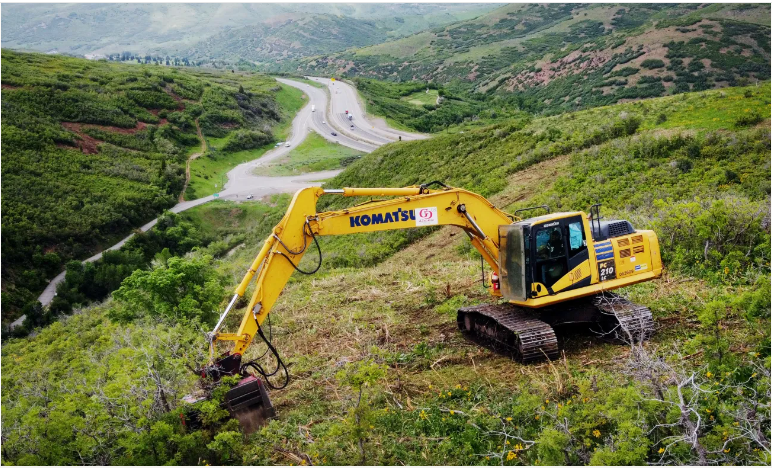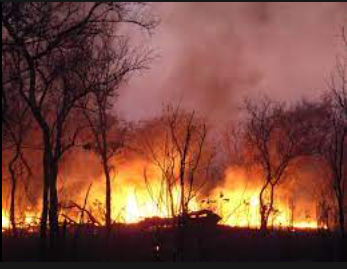A controversial proposal that first surfaced in the 2023 Utah legislative session is once again being pushed by GOP Salt Lake County Council member Dea Theodore, who contends bush and tree thinning in the Great Salt Lake watershed will reduce the risk of wildfires, boost public safety and increase water yield.
Theodore’s most recent request implores Gov. Spencer Cox; Utah House Speaker Brad Wilson, R-Kaysville; Senate President Stuart Adams, R-Layton; and Great Salt Lake Commissioner Brian Steed to shepherd a number of strategies, including the establishment of a statewide program to eliminate non-native trees that consume excessive amounts of water and to particularly assess those liabilities in the Jordan River watershed. That water flows into the Great Salt Lake.
In addition, she’s requesting the installation of instrumentation equipment that measures results in areas that have been treated and to work with private landowners to advance aspen restoration. Her funding ask is for $100 million a year beginning in 2024 for five years for allocation to the Utah Watershed Restoration Initiative.
“My focus and goals are healthy watersheds and their relationship to public safety,” she said. “We achieve these goals through thoughtful and fact-based discussions, pushing the technology envelope and implementing best management practices.”
Scientists have slammed Theodore’s assertion that vegetation management — including that of conifers — will result in any quantifiable extra water.
In February, the Great Salt Lake Strike Team Report released by the Kem Gardner Institute of Policy at the University of Utah conceded that forests in Utah are overgrown and increase the potential for high intensity wildfires.
But it notes: “In the past decade or so a growing body of research has shown both increases and decreases in streamflow following canopy reduction,” stressing that the impact of tree thinning to help the world’s eighth largest terminal lake or its tributaries is unclear and would likely to be minimal or could potentially even decrease flows.
Utah Physicians for a Healthy Environment and the John Muir Project, too, recently warned of “massive malpractice” happening in Utah’s forests and said stepped up federal and state efforts to log or otherwise thin forests and landscapes is something Utah residents should demand be rejected, including the use of chainsaws, prescribed burns and pesticides.
But Theodore remains committed to her assertion that strategic thinning of trees, including non-natives and, yes, conifers, will provide ecological benefits.
Theodore raised the issue of tree thinning at a 2023 legislative caucus session as a way to accomplish a three-tiered mission: improve forest health, decrease wildfire risks and amplify water yield to flow to the Great Salt Lake. The lake dropped to its lowest level in modern recorded history last year, but has since risen five feet because of the state’s record snowpack.


